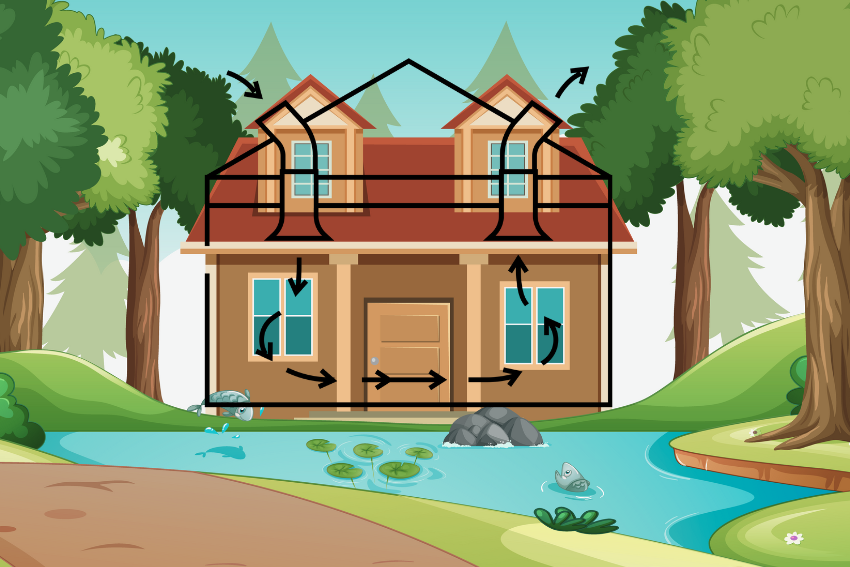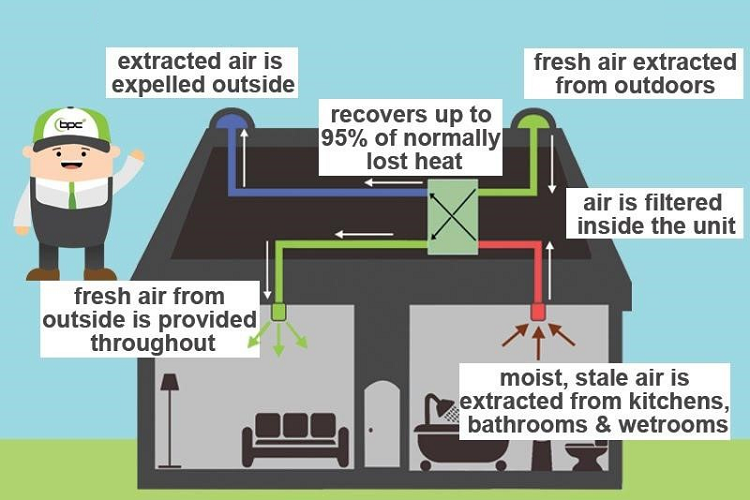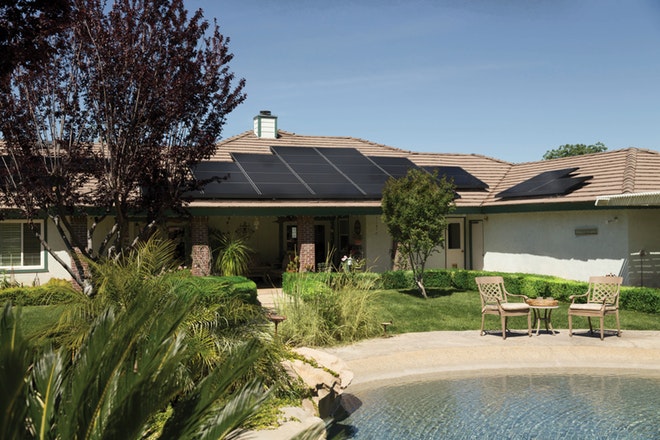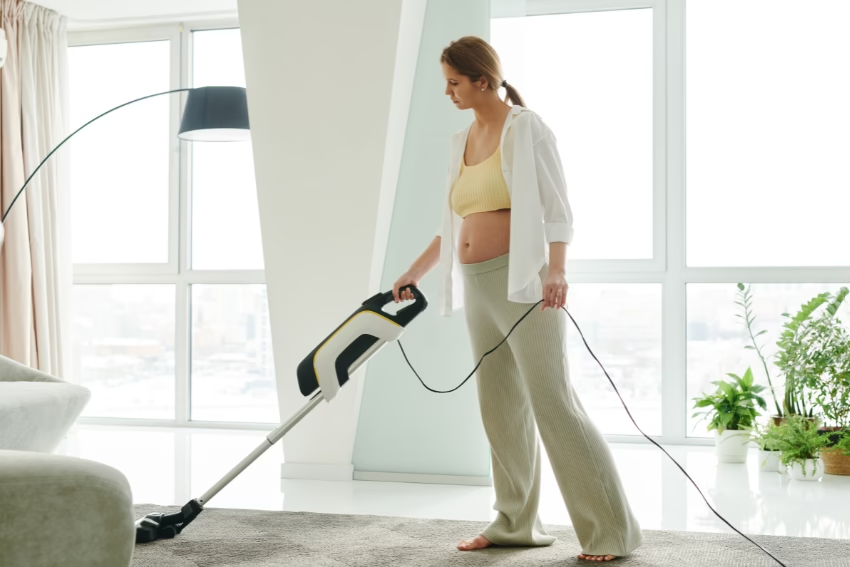A healthy home always starts from clean and fresh air. Ventilation thus becomes necessary for getting just that; a steady, fresh airflow also regulates temperature control, limits moisture, and reduces harmful indoor air pollution that will have an ill effect on your health. With several options, picking the correct one may seem puzzling. Getting the professional ventilation services will help you to improve ventilation in your home. This guide explains how you can choose the right ventilation system for your house.
Understanding Your Home’s Ventilation Needs

Every house has specific ventilation needs, which are determined by the design, size, climate, and needs of its occupants. The number of residents, pets, and layout of the home can all contribute to your specific ventilation needs.
Air has to be allowed to come to these wetter areas of the house like the bathroom and kitchen so that air freshes them, reduces moisture levels, and eradicates smells. Bedroom and living rooms, having air flowing constantly ensures them are fresh and clean all the time. The basements also and attics require venting particularly with preventing them against issues brought by mold, mildew, and stale air.
Start by evaluating these spaces and identifying problem areas where airflow is inadequate. If you’re unsure, consider hiring a professional to perform an air quality and ventilation assessment of your home.
Exploring Types of Ventilation Systems
Ventilation systems are divided into three broad categories: natural ventilation, mechanical ventilation, and hybrid systems of the two. Understanding these options is crucial for making the right choice.
1. Natural Ventilation
Natural ventilation happens through doors, windows, and vents. It allows fresh air inside the house and expels stale air. It’s cost-effective and environmentally friendly but not always practical with extreme weather conditions or the tight seal of modern buildings. Natural ventilation works perfectly in mild climates and those houses that are designed for cross-ventilation.
2. Exhaust Ventilation Systems
Exhaust systems remove stale air from specific rooms, such as kitchens and bathrooms, and are best suited for odor, smoke, and humidity control. Exhaust fans pull out the air, which is replaced by fresh air entering through vents or cracks in the building. These are simple and efficient systems but may not produce balanced airflow, leading to pressure imbalances in the home.
3. Supply Ventilation Systems
Unlike exhaust systems, supply systems draw fresh air into the house and distribute it throughout. These are fantastic for warmer climates; filtered outdoor air enters a house, but pollutants such as dust and allergens do not enter the home. Like exhaust systems, however, they do not reach perfect balance and will, in most cases, lead to unbalanced air distribution.
4. Balanced Ventilation Systems
The balanced ventilation system is the most inclusive option because fresh air is let into the home and stale air leaves equally. All climates can support balanced systems, and added features, such as ERVs and HRVs, can make them more technologically advanced. ERVs and HRVs conserve energy by either transferring heat or coolness from outgoing air to incoming air, meaning that no additional energy needs to be expended in order to maintain the temperature of an indoors setting.
Key Factors to Consider

Several factors should be considered in order to choose the right ventilation system that is best suited for your home and lifestyle when picking one for your home.
1. Climate and Local Conditions
The local climate will determine which type of ventilation system to install. For instance, houses in wet regions might need systems that include a dehumidifier, while homes in cold climates will need an HRV to keep warmth within them when it is winter.
2. Energy Efficiency
The ventilation system must be energy efficient. These systems reduce the utility bills while maintaining the indoor climate. Always prefer ENERGY STAR certification in a ventilation system, which contains the options like ERVs and HRVs for regulating indoor temperatures without increased consumption of energy.
3. Noise Levels
Ventilation systems can be very noisy, and some find this noisy because of their proximity to sleeping and living rooms. Many modern systems are already noise-silencing. Always look for the noise rating in zones to ensure that your system is quiet.
4. Installation Complexity
Other ventilation systems, for instance, balanced systems require more extensive ductwork and need to be professionally installed. Be sure your home’s design allows for the system you choose. If you are renovating or building a new home, consult with local HVAC services for proper inclusion in your plans.
5. Maintenance Requirements
Proper ventilation system maintenance is vital to make any system work perfectly. Some of them, such as HRV systems, need to be cleaned of filters and inspected regularly. Select a system commensurate to your ability to maintain it or schedule professional servicing to keep it in optimal condition.
Everything You Need to Know About Ventilation Installation
After the type of ventilation system has been determined it is time to install the system. Here’s a step-by-step guide:
1. Assess your home
Depending on the size of your house, its design and climatic condition, the following factors may be taken into consideration. This information will help to find out the kind and capacity of the airing system needed.
2. Plan the installation
Suggest an outline for the chosen system, that is, an explanation of where the vents, fans, ducts etc. should go. This is important in order to get the system installed in the right manner. It is also important in that it helps facilitate the installation of the system.
3. Obtain necessary permits
Depending on the country or state you are in, there will be legal requirements regarding construction permits for installing the ventilation systems, but usually they take care of that when the building owner.
4. Choose a reputable contractor
Make sure to hire only experts who have worked on similar projects in the past so that they will for sure give you a perfect one. There is a need to ensure that you verify the following aspects of the contractors; credentials, the projects that they have undertaken, and the other clients they have served.
5. Install the system
But make sure to follow the instructions of the manufacturer regarding the installation of the cover. For the most part, this requires linking vents, fans and ductwork and caulking everywhere to make sure the air doesn’t go to another place.
6. Test the system
When installed, some tests are run to see if the system is running how it is supposed to. Perhaps, it might consist in turning it on for several days or assessing indoor air quality.
7. Maintain your ventilation system:
Duct cleaning and repair, blower motor replacement, blower fan replacement, and belt replacement are daily operations that need to be done for good flows of your ventilation system. This may include – filter checks, leaks checks and much more to ensure that the system is not blocked.
Maintenance Tips for Your Ventilation System
Properly maintained ventilation systems ensure a healthy indoor environment, lower energy bills, and extended lives for your equipment. These maintenance activities will keep the system at its optimal condition, reducing costly repairs. Tips to help keep your ventilation system well-maintained:
1. Regularly Clean and Replace Filters
The air filters are the critical parts of your ventilation system that trap dust, pollen, pet dander, and other small airborne materials so they don’t circulate in your home. In time, these filters collect debris and clog, causing obstructions in airflow that makes the system work harder. This is an energy-consumption increasing action that also reduces the lifetime of the system. One of the easiest and most effective ways of ensuring that the system functions efficiently would be regular maintenance of air filters.
How to Keep Filters:
- Inspect frequently: Check your air filters every month, especially during high-usage seasons like summer and winter when your system runs more frequently. This helps identify if they are dirty or clogged.
- Replace as needed: Disposable filters replace every 3 to 6 months according to the type of filter and household conditions. Frequent replacement may be necessary if one has pets or allergies.
- Washable filters clean: Use washable filters with soap and water. Allow it to dry completely before it is put back in place; this can prevent mold development.
- Upgrade for better performance: If your household needs better filtration, then you may consider using HEPA filters. They can catch even smaller particles much better, thus improving indoor air quality considerably.
By making sure your filters are clean and in good working order, you ease the burden on your ventilation system, improve airflow, and keep your home a healthier place.
2. Inspect and Clean Ductwork
Ductwork distributes air around your house. Ducts tend to collect dust and debris, and even sometimes mold, over time. It depends on the moisture of your house or if the house has pets. Any blockages or leaks in the duct system will cause uneven airflow. The system will not operate correctly, and the air in the house will be quite poor. It is therefore a good idea to regularly inspect and clean your ductwork to keep it working properly and ensure that clean air gets delivered into every room in your home.
How to Maintain Ductwork:
- Visual inspection: Check accessible ductwork periodically for visible dirt, mold, or damage. Signs of problems may include dust accumulation around vents, unusual odors, or inconsistent airflow in different rooms.
- Seal leaks: Check for leaky connections in the ducts. Seal the same with mastic or metal tape. This will seal up air and reduce energy efficiency and strain on the system.
- Professional cleaning: Clean your ducts by professionals every 3 to 5 years and sooner, if you notice a lot of dust, an infestation of pests, or mildew growth inside your ducts. Professional cleaning tools and skills are necessary for the really inaccessible areas of the system. Cleaning ducts help you enjoy a well-functioning ventilation system that supplies fresh, pure air to every corner of your home.
3. Maintain Ventilation Fans and Components
Ventilation fans should be serviced to ensure that rooms, such as kitchens, bathrooms, and attics, maintain air movement. These remove old air, odors, and moisture from the house, keeping the indoor atmosphere comfortable; however, they do collect grease, dust, and other debris, which can lead to a decrease in their effectiveness, causing overheating or mechanical malfunctions. Their routine maintenance, such as regular ventilation fan and related component servicing, will ensure the smooth running of the fans with longer lifespan.
How to Care for Fans:
- Clean fan blades: The blades and motor can get covered with dust and debris, causing a reduction in airflow and efficiency. Switch off the fan, remove the cover, and clean the blades using a soft cloth or mild detergent.
- Lubricate the moving parts: applying a few drops of the prescribed lubricant by the manufacturer to the fan motor bearing, which reduces friction and removes wear.
- Check for obstructions: Ensure that the vents and exhaust outlets are free from lint, grease, or debris that may hinder airflow. Cleaning them regularly will ensure optimal performance.
Maintaining your fans and components clean and functioning properly can prevent potential damage and ensure they work effectively to remove unwanted air and moisture from your home.
4. Monitor System Performance
You are monitoring the performance of your ventilation system, which helps you in recognizing potential problems early on. The performance may be poor because of blockages, mechanical failure, or improper settings, thereby affecting air quality and also increasing energy costs.
Monitoring Performance
- Check airflow: Check for the airflow through vents and returns. Weak or uneven airflow might cause problems by blockages or some leakage or by any maladjustment in the blower motor.
- Track energy usage: Irregularly high energy bills are a sign of inefficiencies or malfunctions that are forcing your system to work harder than it needs to.
- Invest in air quality monitors: Invest in devices that may measure humidity, CO2 concentration, and particulate levels so that your ventilation may always be healthy.
Regular monitoring will ensure that your ventilation system runs at its best, preventing small problems from turning into major ones.
5. Schedule Professional Inspections
Routine maintenance can be performed by the homeowner, but most of a ventilation system is best serviced by qualified people. Regular inspections by professional technicians will keep your system running safe and at its best while spotting hard-to-find problems.
Why Professional Inspections Matter:
- All aspects of the system, including electrical connections, controls, and ductwork, can be inspected and tested by professionals to ensure that it is in good condition.
- Have your systems examined before peak heating and cooling seasons so there is little-to-no surprise during increases.
- Detecting the problems, such as worn out parts or electrical faults, before they cause any breakdown can prevent costly repairs and system downtime.
6. Pay Attention to Strange Noises or Smells
Malfunctions are accompanied by unusual noises such as rattling or whistling and unusual odors. Treat these symptoms immediately by consulting an HVAC professional. If neglected, this may lead to costly repairs or even system failure.
7. Check Humidity Level
Proper ventilation controls indoor humidity. Observe indoor humidity through hygrometers, and set them to ranges of 30-50%. Where the moisture levels are consistently at high percentages, incorporate a dehumidifier in the ventilation system and manage the fungal growth and enhance comfortability.
8. Cleaning exhaust fans
Exhaust fans in the kitchen and bathroom remove odor and moisture. Over time, they collect grease, dust, and dirt that interfere with its functionality. This makes them a regular cleaner, maintaining good ventilation without creating an overpressure on any motor.
9. Check for System Updates or Upgrades
Newer parts or systems with the advancement of technology may be more energy efficient and better performing. Use the expertise of professionals to see if your system can be upgraded or when upgrades like heat recovery ventilators, ERVs, will help your house perform better.
10. Make a Maintenance Schedule
Consistency is one of the key aspects in keeping a ventilation system. Schedule routine tasks like filter replacement, vent cleaning, and professional inspections. You will then be able to handle your system in a proactive manner and avoid unnecessary issues.
Conclusion
Selecting the proper double flow system to use in your home is important to ensure healthy indoor air, reduce humidity, and control the growth of mold, and ensure proper living conditions inside your home. After watching the video, the viewer will not only be aware of the variety of systems, pros and cons of the systems, and the process of installing the system, but will have sufficient knowledge to make the right choice of the ventilation system.
Always go and seek advice from a professional contractor, acquire all associated permits to install your ventilation system and do it according to the guidelines as stipulated by the manufacturer. The ventilation system should be well maintained and taken care off and you will be in a position to enjoy the services of the ventilation system for many years.






